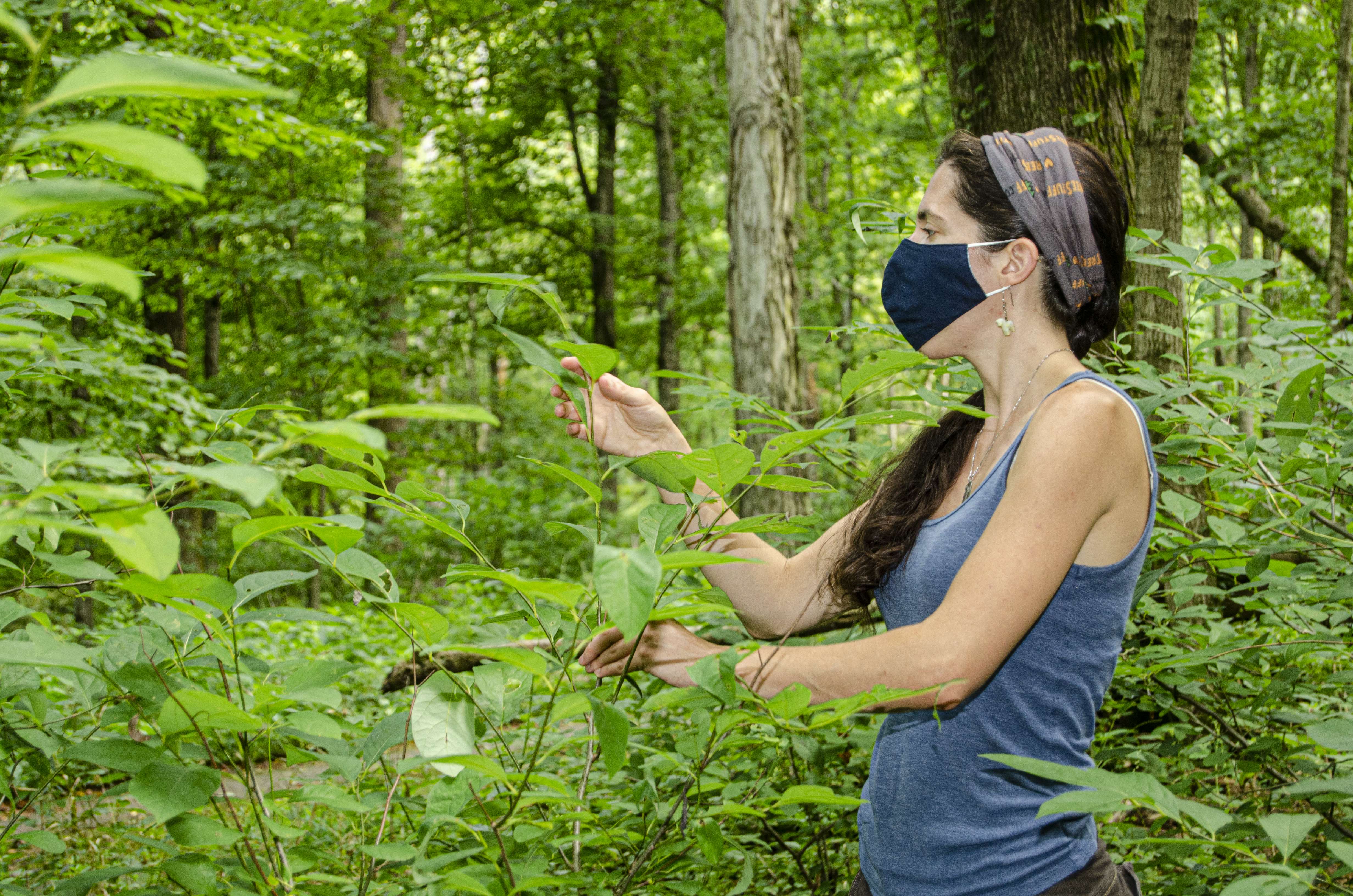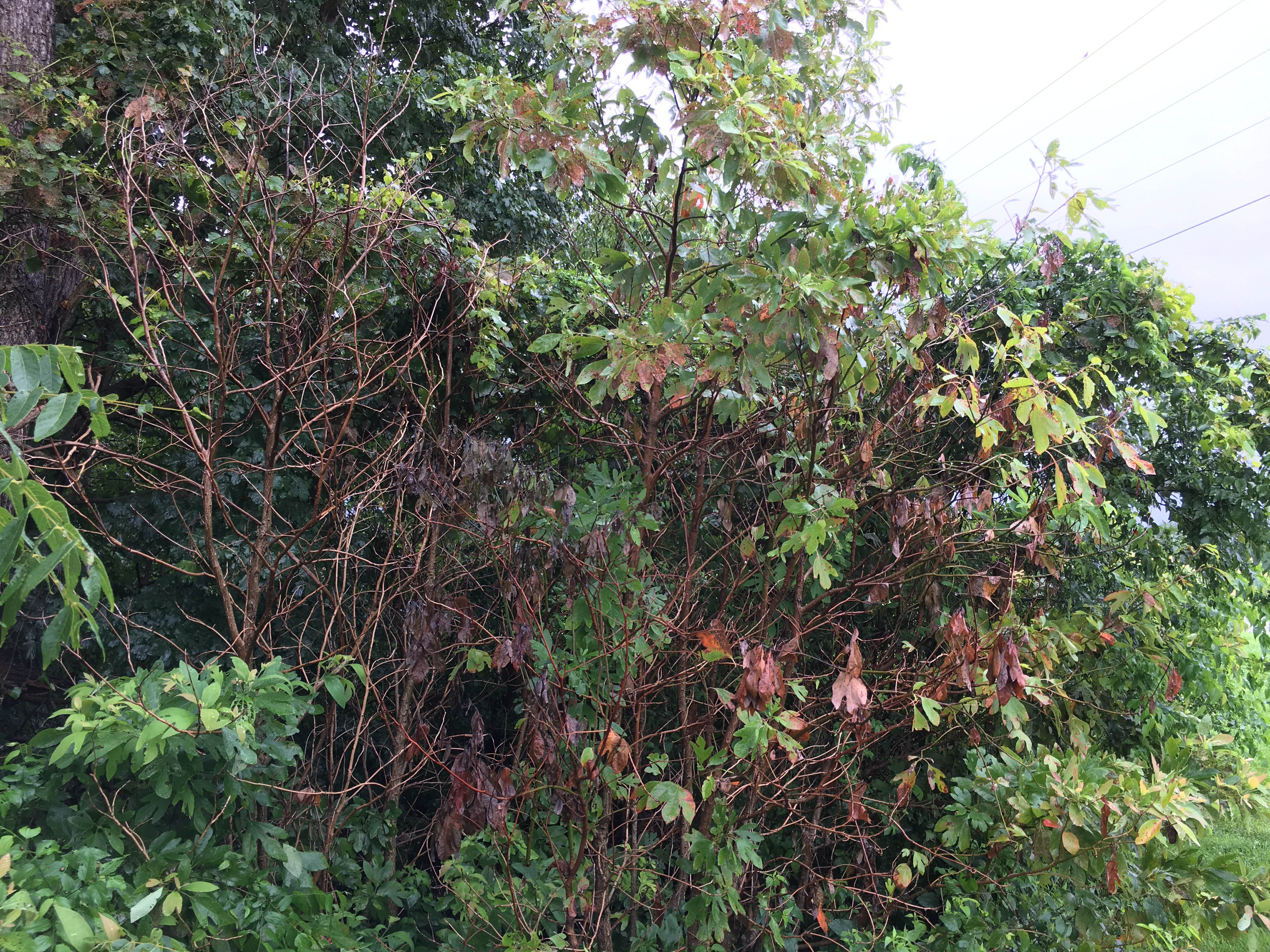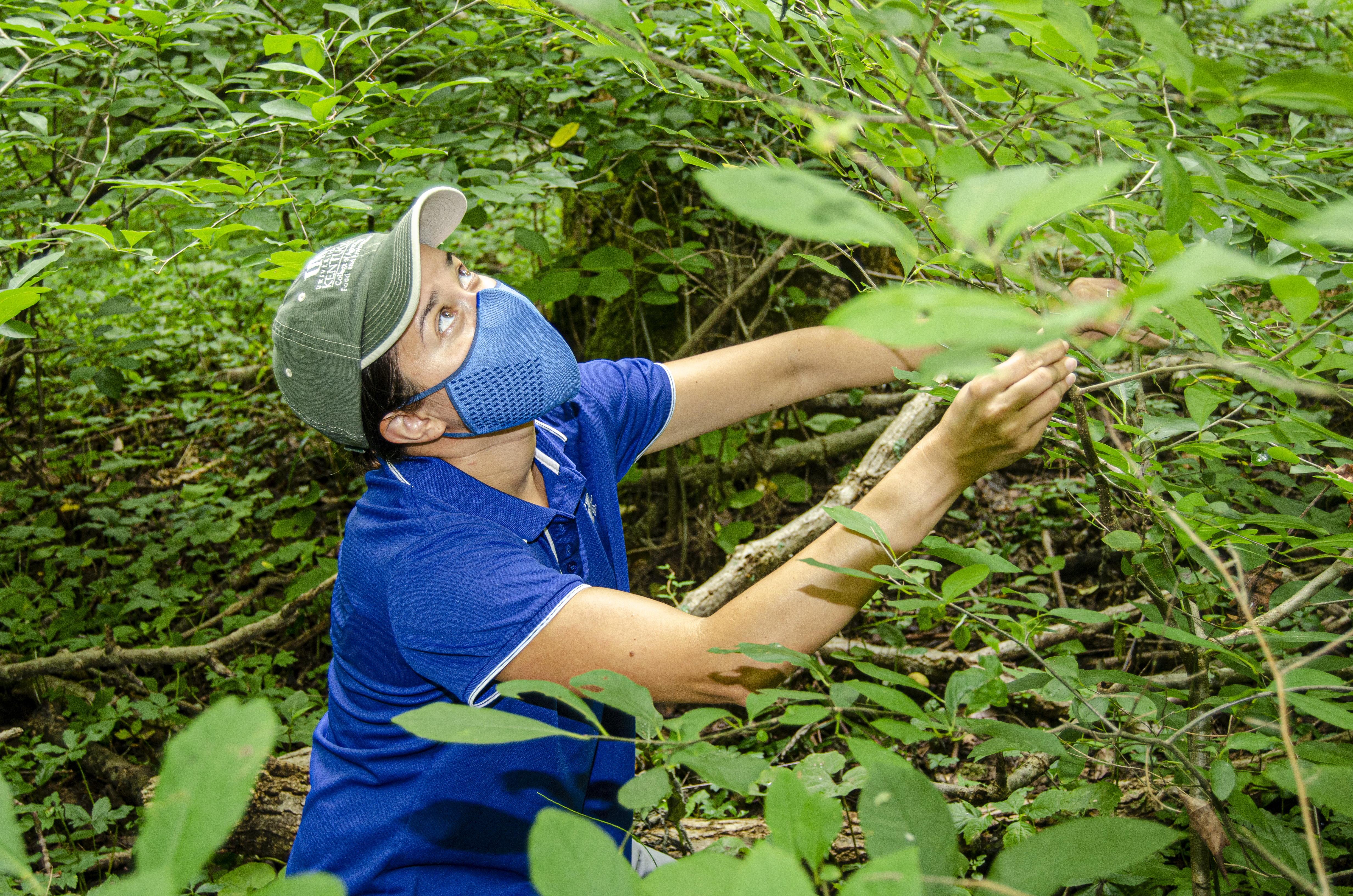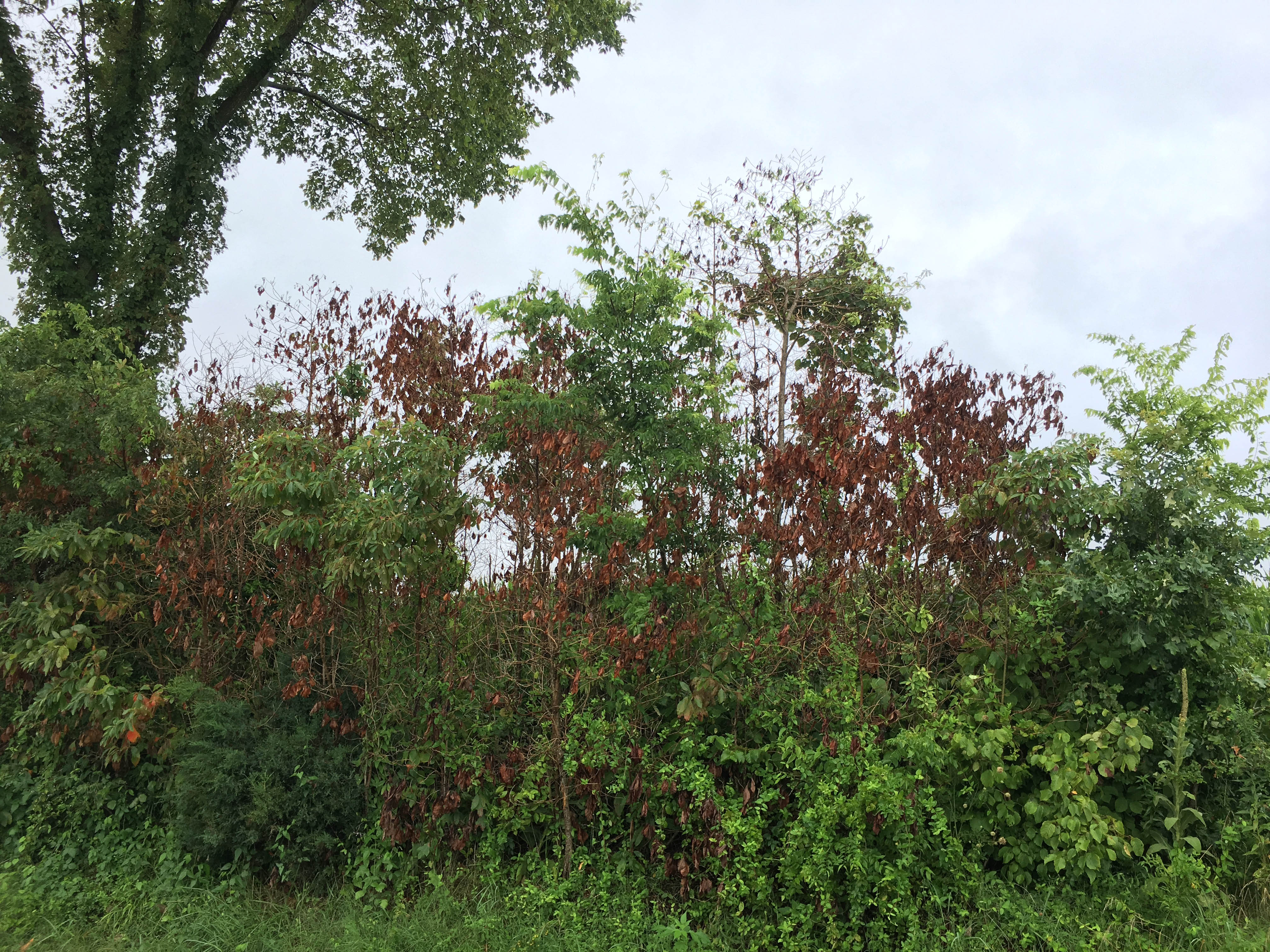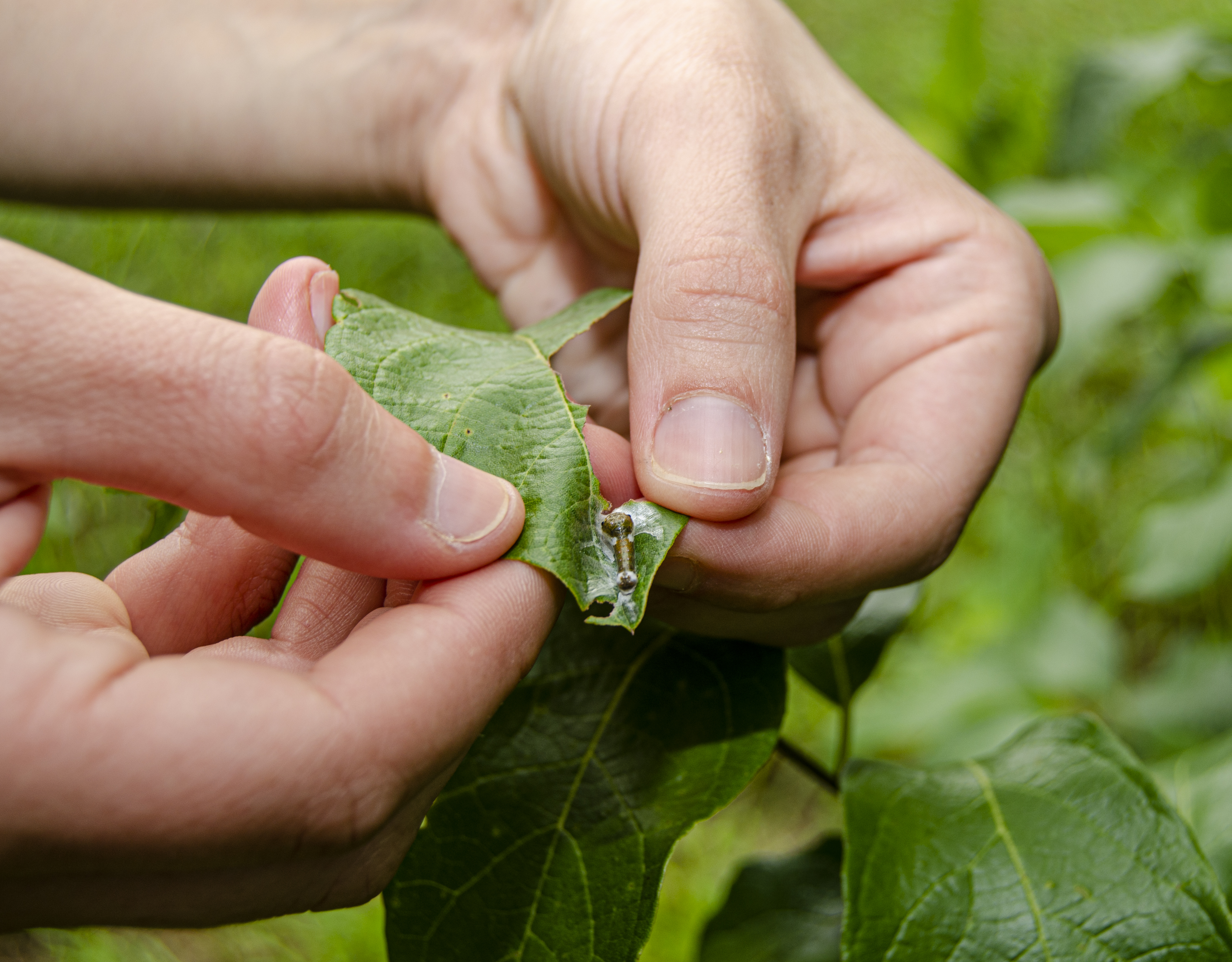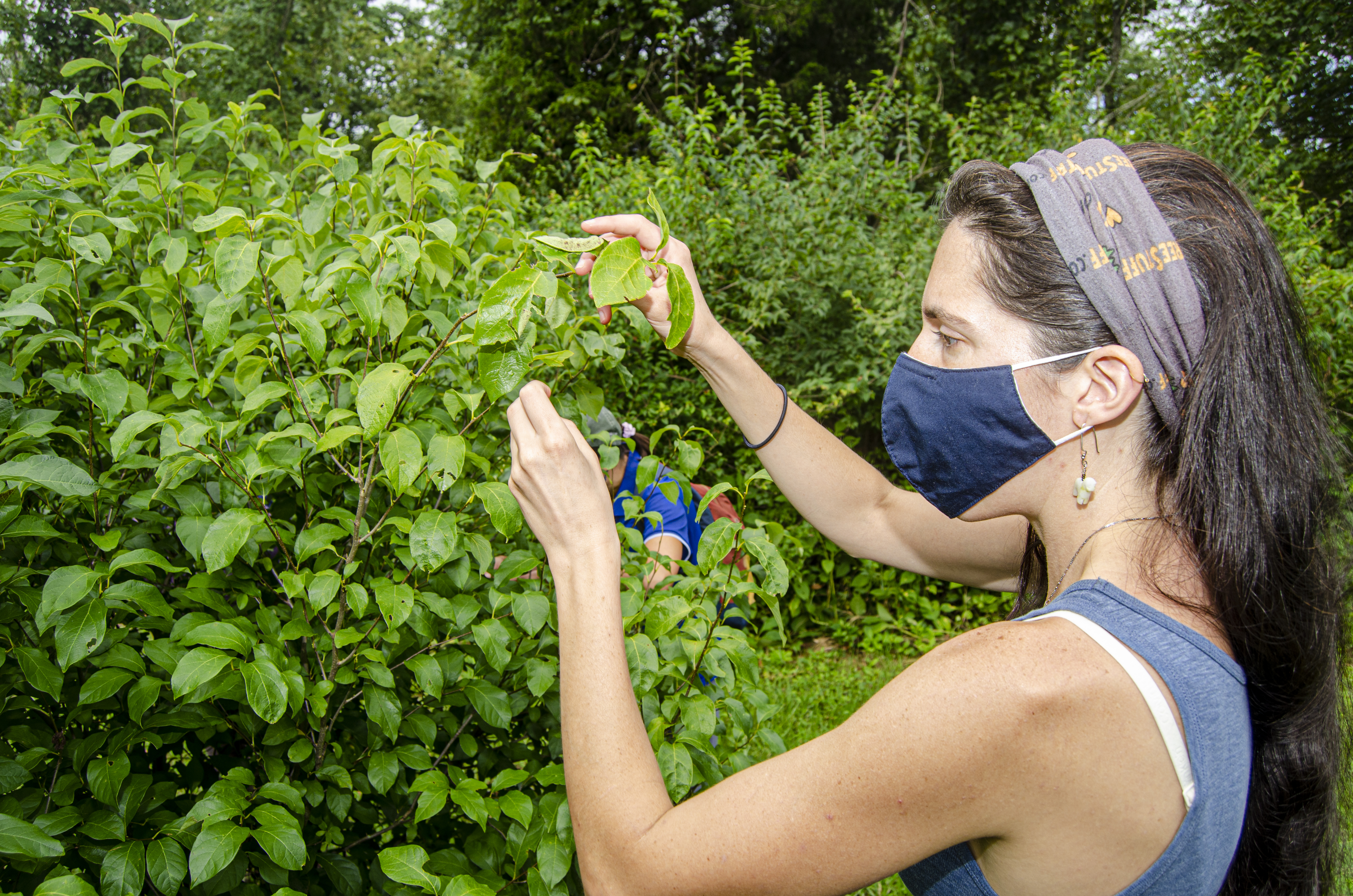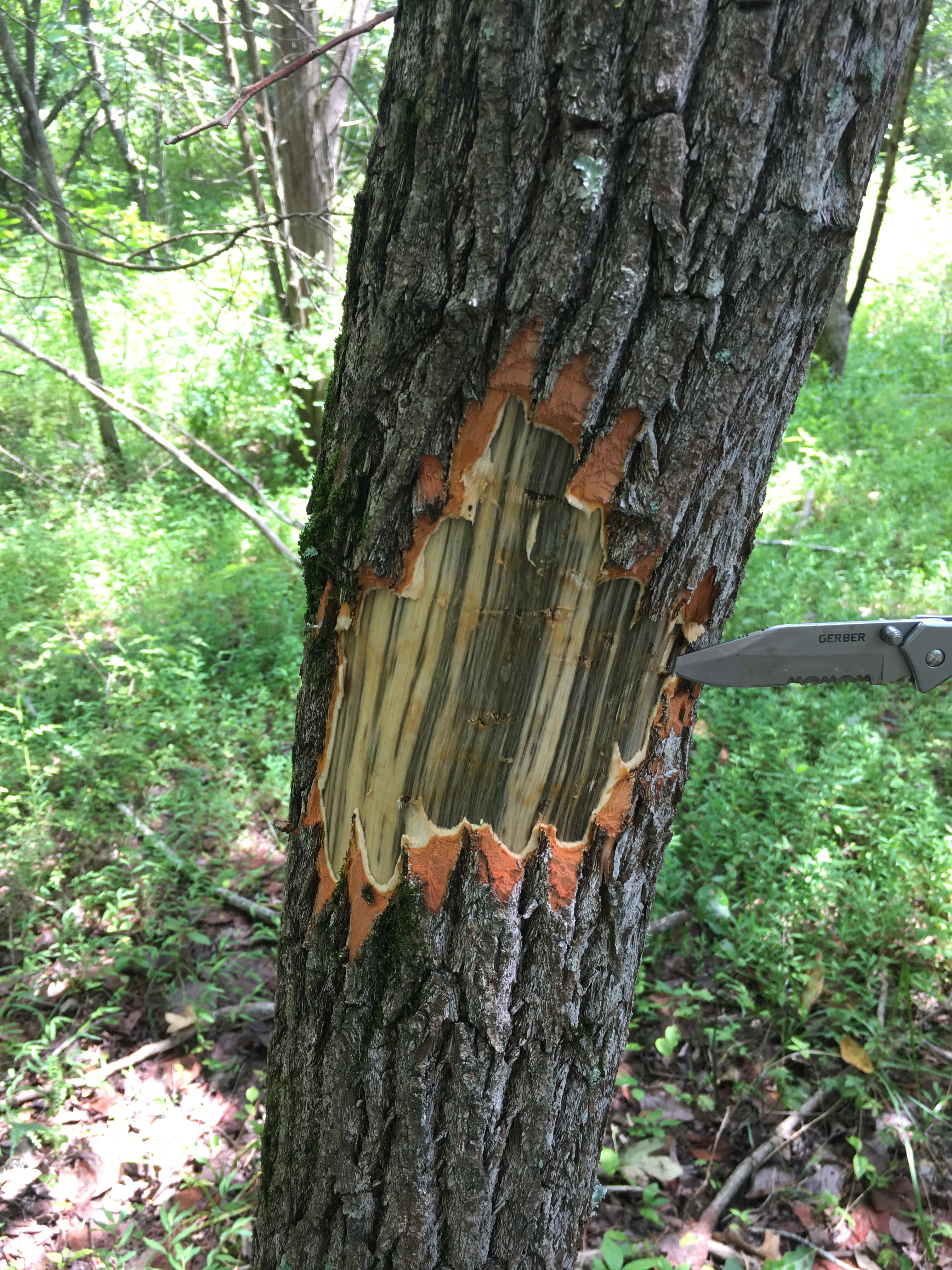UK Forestry and Natural Resources studies newest invader in Kentucky forests
UK Forestry and Natural Resources studies newest invader in Kentucky forests
Laurel wilt is caused by an invasive fungal pathogen from Asia, Raffaelea lauricola. The disease has recently been discovered in Christian, Todd and Logan counties. Spread by the tiny redbay ambrosia beetle, also an invasive species from Asia, it affects species of the laurel family (Lauraceae), which include redbay, sassafras, spicebush and avocado. In this area, the sassafras tree and the spicebush shrub, both native species, are at risk.
While sassafras is not valued as a timber species and, at times, spicebush can grow into a dense and problematic understory, their value to the native ecosystem has yet to be fully determined. Spicebush, for example, is a good alternative to invasive plants, such as bush honeysuckle, burning bush and privet, that can negatively impact woodlands.
Sassafras and spicebush both produce fruit that is valued by wildlife. UK researchers are trying to determine what impact laurel wilt is going to have on biodiversity.
